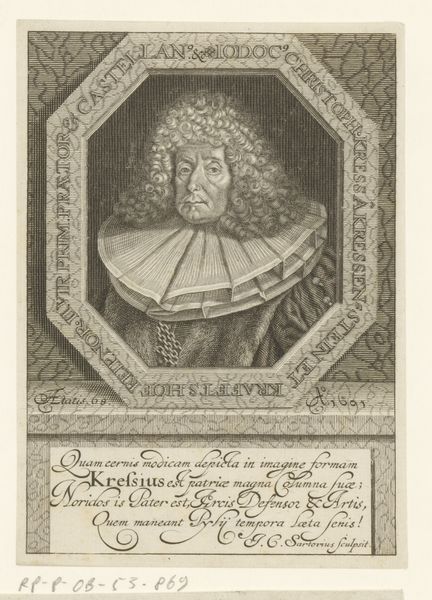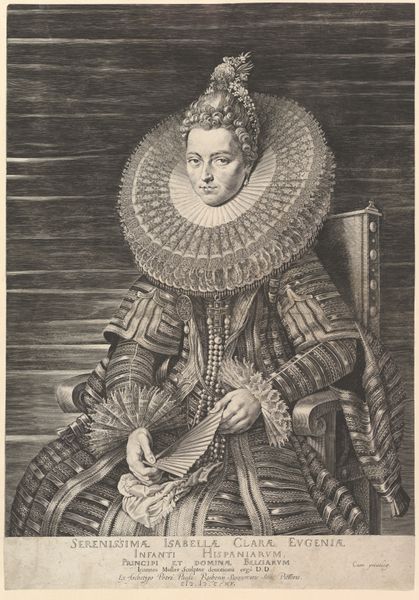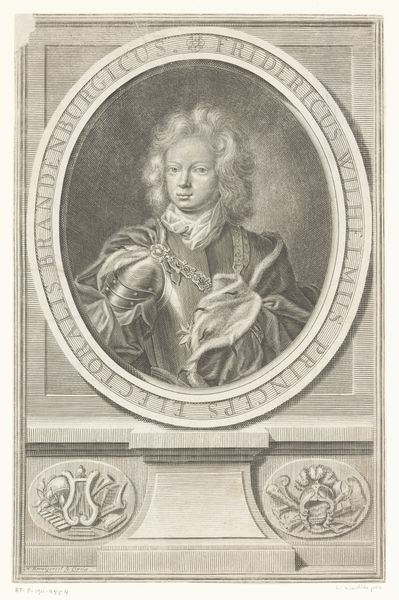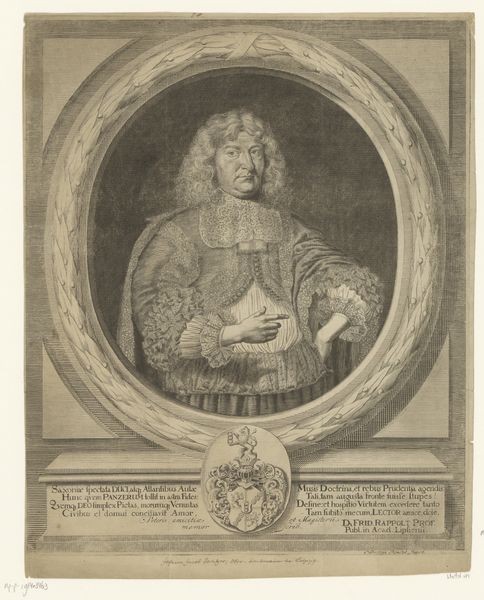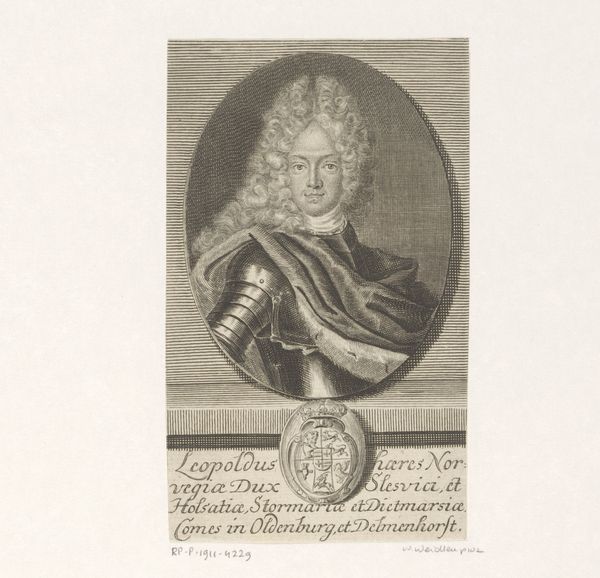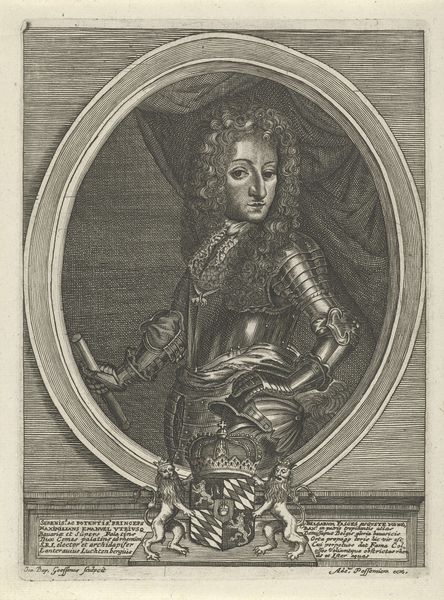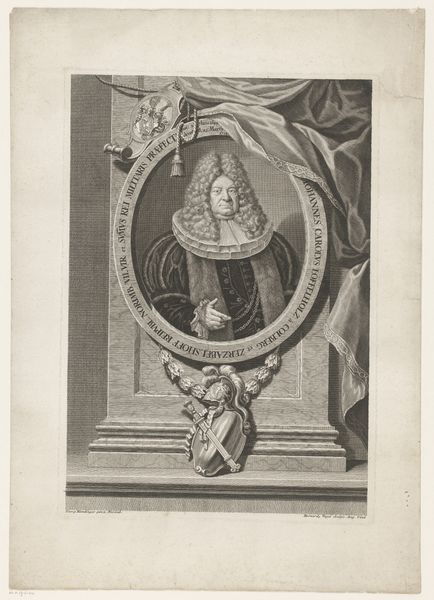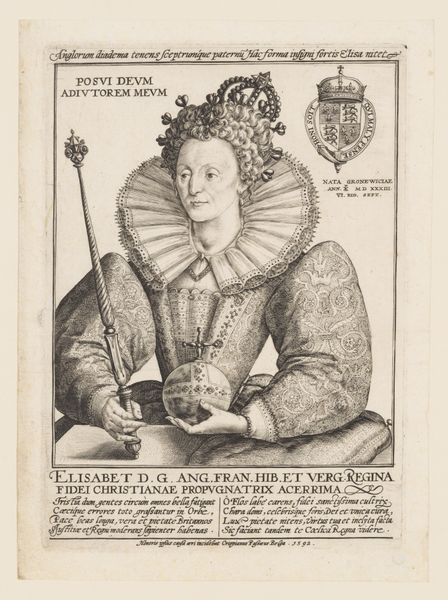
print, engraving
#
portrait
#
baroque
# print
#
old engraving style
#
limited contrast and shading
#
pen work
#
history-painting
#
engraving
#
intricate and detailed
Copyright: Rijks Museum: Open Domain
Editor: Here we have "Penning met het portret van Filips V en de namen van Spaanse koningen," from 1713. It's an engraving. The intricate, almost obsessive detail around the central portrait really strikes me. What can you tell me about this piece? Curator: Well, consider the materials and process. Engraving is labor-intensive. Think about the artisan, the time, and the skill required to produce these fine lines, to disseminate an image of power. It challenges the notion of singular genius – this wasn't about individual expression as much as mass reproduction of a royal image. What social structures are upheld, and what messages are disseminated when images can be circulated broadly like this? Editor: That’s fascinating! It almost feels like proto-mass media, but with the hand still very much present. So, the choice of engraving is almost as important as the image itself? Curator: Precisely. The materiality speaks volumes. The repetitive nature of the engraving process itself mirrors the repetition and reinforcement of power. The material is actively contributing to the construction of social meaning here, a controlled narrative distributed by labor, the same message endlessly, carefully etched for replication and political sway. Who benefits from this sort of image production, and who is perhaps exploited through the means to its making? Editor: I see. It's more than just a portrait; it's a statement about power, production, and control through materials and labor. Thank you, this has been extremely insightful! Curator: Absolutely. Consider then that this 'simple' print actually reveals layers of economic and societal networks!
Comments
No comments
Be the first to comment and join the conversation on the ultimate creative platform.
